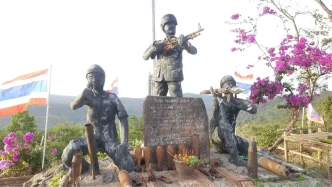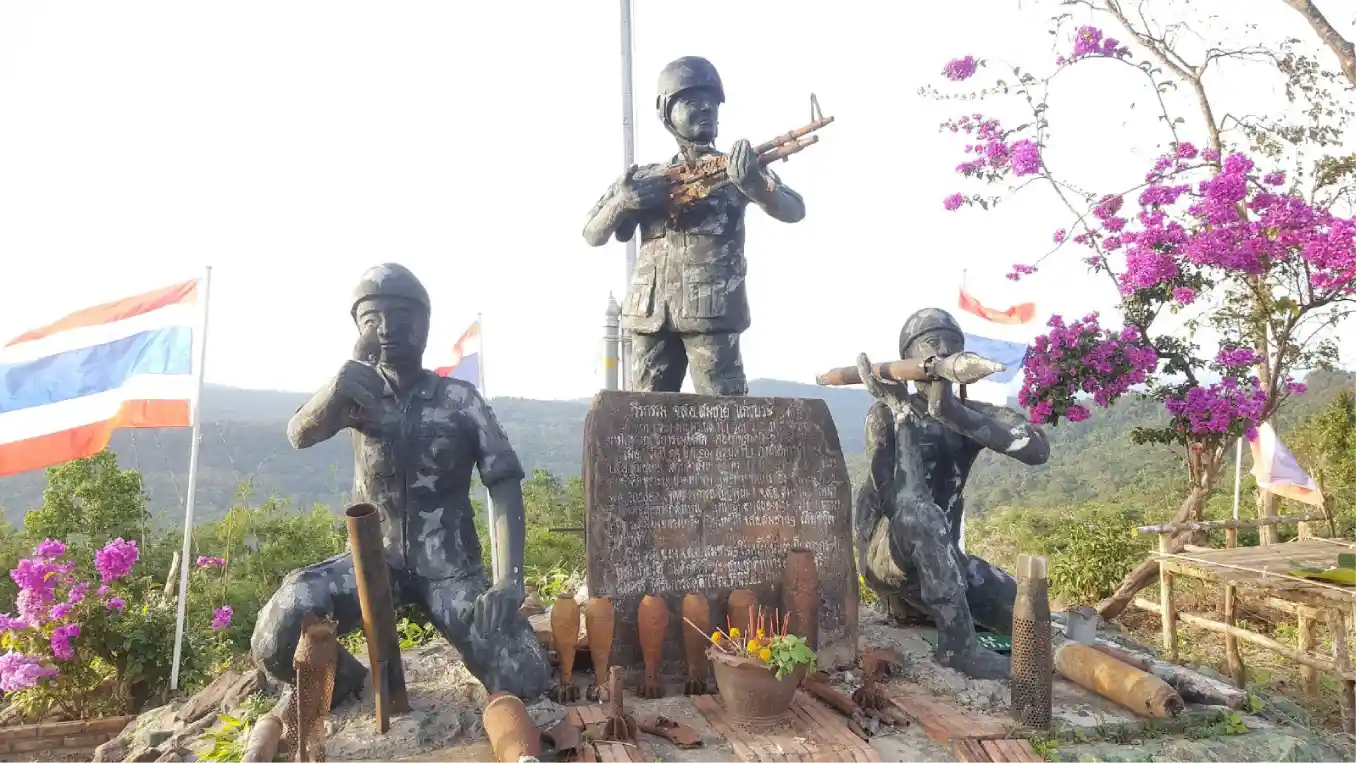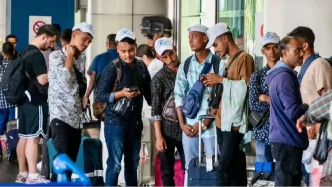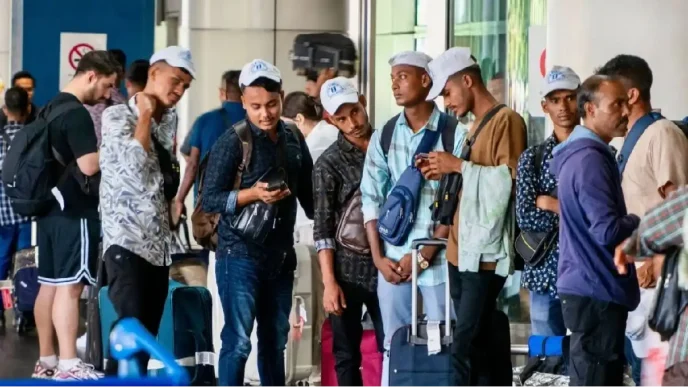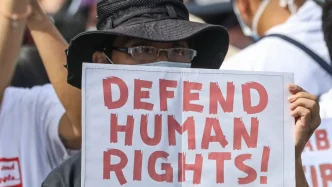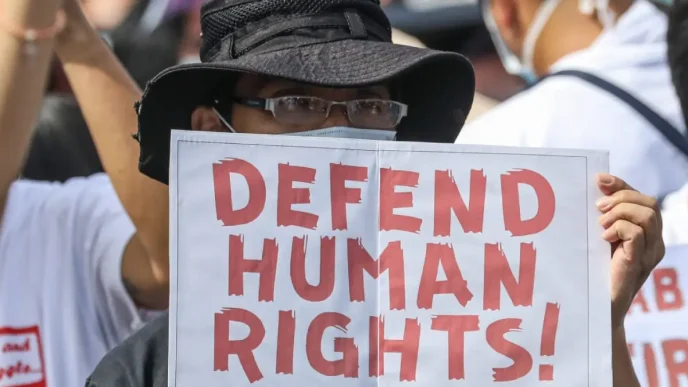Tensions along the Thai-Cambodian border have flared once again, with the Royal Thai Army (RTA) rejecting a proposal by Cambodian Prime Minister Hun Manet to escalate a long-standing territorial dispute to the International Court of Justice (ICJ). Speaking on June 3, 2025, Maj. Gen. Winthai Suvaree, spokesperson for the RTA, emphasized that the current skirmish in the Chong Bok area of Thailand’s Ubon Ratchathani Province is distinct from broader legal disputes over boundary demarcation, advocating instead for resolution through existing bilateral mechanisms.
Immediate De-escalation Efforts
The Chong Bok area, a remote and rugged border zone, has long been a flashpoint due to overlapping territorial claims between Thailand and Cambodia. The latest clash, though not detailed in scale or casualties by either side, prompted swift action to prevent further escalation. Maj. Gen. Winthai confirmed that following a high-level meeting on May 29 between Gen. Pana Klaewblaudtuk, Commander-in-Chief of the RTA, and his Cambodian counterpart, both nations agreed on critical de-escalation measures. These include the withdrawal of military personnel from the immediate conflict zone, reliance on the Joint Boundary Committee (JBC) to address legal and territorial issues, and mutual commitments to prevent future confrontations under existing memoranda of understanding (MoUs) and treaties.
“Our focus is on peaceful coexistence in areas that remain undemarcated” said Winthai, highlighting informal “ground rules” that prohibit altering the landscape or deploying aggressive military postures in contested zones. He cited examples such as trenches in joint demarcation areas, where both sides have agreed not to position heavy weaponry or aim it toward Thai territory, as evidence of practical cooperation despite unresolved disputes.
ICJ Proposal Sparks Debate
The Cambodian government’s push to involve the ICJ, set to be discussed at a mid-June JBC meeting, has introduced a new layer of complexity to the border issue. Prime Minister Hun Manet’s proposal aims to seek a definitive ruling on disputed territories, a move that echoes previous legal battles over areas like the Preah Vihear Temple, which was awarded to Cambodia by the ICJ in 1962. However, the Thai military has distanced the current Chong Bok clash from this broader legal strategy, arguing that on-the-ground tensions stem from practical challenges of managing undemarcated zones rather than overarching sovereignty claims.
Winthai’s remarks suggest a preference for dialogue over international adjudication, reflecting Thailand’s historical wariness of external intervention in bilateral disputes. The JBC, established to handle boundary demarcation through negotiation, remains the preferred mechanism for Bangkok. Analysts note that Thailand’s stance may also be influenced by domestic political considerations, as ceding ground—whether through conflict or legal rulings—could stoke nationalist sentiments at home.
Disputed Trenches and Historical Claims
Adding to the friction, Cambodian Senate President Hun Sen recently shared images on social media claiming certain areas near Sala Trimuk as Cambodian territory. Winthai countered these assertions, stating that the locations in question are forested zones with no prior civilian or military presence from either side. He pointed to satellite and aerial imagery indicating that trenches in the area are freshly dug, challenging claims of a long-standing Cambodian presence. “It’s clear these trenches weren’t dug 30–40 years ago. They’re freshly made” said the spokesperson, underscoring the need for factual clarity in such disputes.
Hun Sen, a towering figure in Cambodian politics and father of the current prime minister, has also issued stark warnings about the border situation. In a public statement, he cautioned that without a resolution through mechanisms like the ICJ, the border could become “like Gaza,” invoking the volatile and heavily militarized conflict zone in the Middle East as a cautionary tale. While such rhetoric may be intended to galvanize domestic support or pressure Thailand, it risks inflaming tensions further, particularly among communities living near the border who bear the brunt of any escalation.
Historical Context of Thai-Cambodian Border Disputes
The Thai-Cambodian border, stretching over 800 kilometers, has been a source of contention for decades, rooted in colonial-era mappings and post-independence disagreements. The 1962 ICJ ruling over Preah Vihear, a cliff-top temple, awarded sovereignty to Cambodia but left surrounding areas ambiguous, fueling periodic clashes. More recent disputes, such as those in 2011, saw deadly skirmishes that displaced thousands and strained diplomatic ties. Both nations have since sought to manage tensions through the JBC and other bilateral frameworks, though progress on final demarcation remains slow.
The Chong Bok area, while less prominent than Preah Vihear, exemplifies the challenges of managing overlapping claims in remote regions. Local communities, often caught between military patrols and bureaucratic wrangling, face disruptions to trade, movement, and livelihoods. The lack of clear borders also complicates efforts to combat cross-border issues like smuggling and illegal logging, which thrive in such gray zones.
Regional and International Implications
Beyond the immediate border, the Thai-Cambodian dispute carries implications for Southeast Asian regional stability. The Association of Southeast Asian Nations (ASEAN), of which both countries are members, has historically advocated for peaceful resolution of intra-regional conflicts, though it lacks enforcement mechanisms to compel compliance. Observers suggest that an escalation—whether through military means or a contentious ICJ case—could test ASEAN’s unity at a time when the bloc faces other challenges, including Myanmar’s ongoing crisis and South China Sea disputes.
Internationally, the involvement of the ICJ could draw attention to broader questions of territorial integrity and the role of legal arbitration in resolving border conflicts. While Cambodia appears to favor this route, potentially leveraging past legal victories, Thailand’s reluctance highlights a divergence in approach that may require third-party mediation to bridge. For now, both sides appear committed to avoiding violence, though the specter of miscalculation looms large in undemarcated zones like Chong Bok.
Public Sentiment and Domestic Pressures
On the ground, public sentiment in both Thailand and Cambodia remains a critical factor. In Thailand, border disputes often ignite nationalist fervor, with political factions quick to criticize any perceived concessions. The Thai military’s firm stance against the ICJ proposal may partly reflect a need to reassure domestic audiences of its resolve. In Cambodia, Hun Sen’s warnings and Hun Manet’s push for international arbitration may resonate with a populace eager for recognition of historical claims, though prolonged tensions risk alienating border communities who prioritize stability over sovereignty debates.
Social media platforms, including posts on X from regional observers, reveal a mix of concern and frustration. While some users call for dialogue and de-escalation, others amplify nationalist rhetoric, underscoring the challenge of managing public perceptions in a digital age. Trusted outlets like Reuters and regional sources such as Vietnam News have reported on the military withdrawals as a positive step, though they caution that without a permanent resolution, such measures are merely stopgaps.
Looking Ahead: A Path to Resolution?
As the mid-June JBC meeting approaches, the Thai-Cambodian border dispute stands at a crossroads. The agreement to withdraw troops and prioritize bilateral mechanisms offers a glimmer of hope, but the underlying issues of demarcation and sovereignty remain unresolved. Cambodia’s push for ICJ involvement, while a legitimate avenue under international law, risks prolonging the dispute if Thailand continues to resist. Meanwhile, the Chong Bok clash serves as a reminder of the human and geopolitical costs of inaction, with border communities and regional stability hanging in the balance.
For now, the focus remains on preventing further confrontations and maintaining the fragile coexistence in contested areas. Yet, as both nations navigate domestic pressures and historical grievances, the question lingers: can dialogue through the JBC deliver a lasting solution, or will the shadow of international arbitration—or worse, conflict—continue to loom over this troubled frontier?

